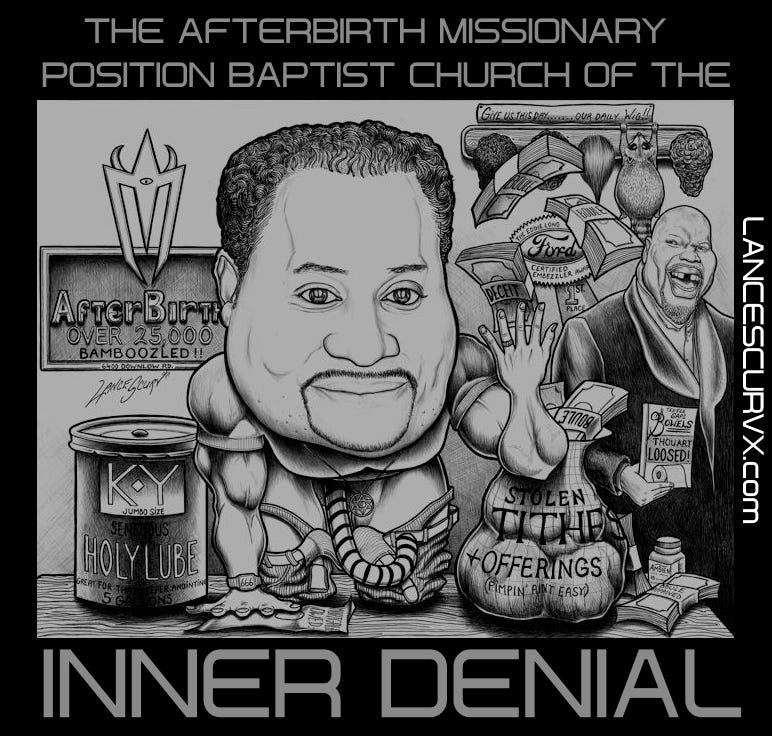The New Birth scandal, Bishop Eddie Long, and the art it inspired
Below is a clear, journalistic-style article you can publish on your blog about the New Birth Missionary Baptist Church scandal that exploded in 2010 — plus a candid section about your controversial illustration, the ethical and legal risks of sexually explicit depictions of real people, and practical suggestions for presenting provocative political art responsibly.
The story in short
In late 2010, four men publicly accused Bishop Eddie L. Long — leader of the New Birth Missionary Baptist Church near Atlanta — of coercing them into sexual relationships when they were teenagers. The allegations rocked one of the Southeast’s largest megachurches, generated national headlines and protests, and were later settled out of court in 2011. The civil suits were dismissed with prejudice after settlement, leaving many questions unresolved and long-lasting debate about power, accountability, and secrecy inside powerful churches.
Background: New Birth and Eddie Long
Eddie Long rose from modest beginnings to build New Birth into a multimillion-member megachurch with regional influence, high visibility and substantial financial assets. For years he was a charismatic figure on the national Black church stage — preaching prosperity and spiritual mentorship while cultivating a close inner circle of young “spiritual sons.” His public persona and pastoral power made the later accusations especially explosive.
The allegations and the legal timeline
September 2010: Civil lawsuits were filed by young men who said Long had used his pastoral authority to coerce them into sexual relationships when they were teens. Multiple media outlets reported on successive suits and additional accusers.
2010–2011: The allegations triggered intense media coverage, parishioner division, and public protests calling for his resignation. Georgia law, and the details in the complaints, meant criminal investigations did not lead to criminal charges; the suits were pursued as civil actions.
May–August 2011: The civil cases were settled out of court in May 2011; the suits were later dismissed with prejudice, which prevented the same claims from being refiled. Terms were not publicly disclosed.
Those are the key legal milestones. Because the settlements were confidential, many factual questions remained publicly unanswered — and that lack of final, public adjudication intensified the controversy rather than settling it.
Public reaction and institutional fallout
The scandal exposed several dynamics that recur in high-profile religious controversies:
Loyalty vs. accountability: Many congregants publicly stood by Long, while others left or protested, showing how devotion and institutional identity can blunt immediate accountability.
Media and narrative control: Coverage varied across outlets; the story became a national conversation about clergy misconduct and the power imbalance between senior pastors and young congregants.
Long-term consequences: Even after settlement, the episode left a scar on Long’s legacy and on New Birth’s public standing. Years later his death in January 2017 reopened conversations about what survivors experienced and how institutions respond.
What survivors and critics said
Several of the men who brought the suits spoke publicly later — writing, speaking in interviews, and collaborating on projects that detailed their versions of events. Their accounts framed the scandal as a pattern of exploitation of spiritual authority, and they have continued to press for public acknowledgement.
Why this mattered beyond New Birth
The Eddie Long case became part of a broader national discussion about abuse, consent, and pastoral power inside charismatic and megachurch structures. It raised questions about oversight, financial transparency, the pastoral “mentor” model, and how religious communities protect (or fail to protect) vulnerable people in youth programs and mentorship relationships.




